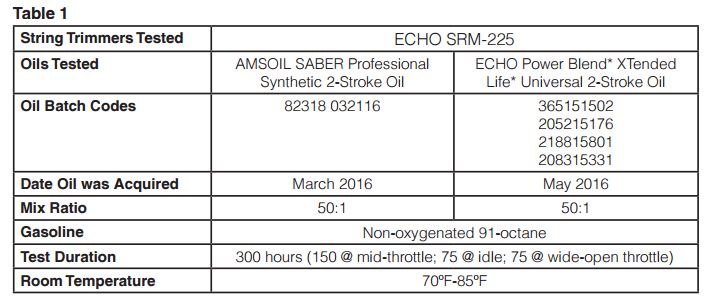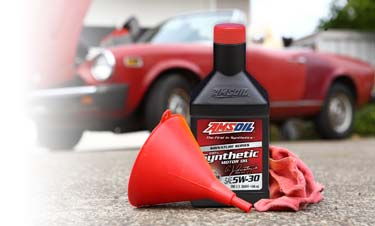AMSOIL SABER® Professional Synthetic 2-Stroke Oil resisted performance-robbing deposits and maintained power and performance in ECHO string trimmers. Published September 2016 Overview Government mandates require modern handheld trimmers and other twostroke equipment to produce less exhaust emissions. To comply, some original equipment manufacturers (OEMs) design their equipment to run on leaner fuel/oil mixtures. Burning more air and […]
You are browsing archives for
Tag: amsoil
Fall is already here – It´s time for an
Hey Sioux Falls, It’s Fall Oil Change Time For those of us who love taking care of our vehicles, falling leaves and dropping temperatures signal the time for an oil change. Prepare your vehicle for winter with AMSOIL Signature Series Synthetic Motor Oil. Its superior performance helps you take engine protection to the next level. […]
Deposit protection is critical for turbo...
Deposit protection is critical for turbocharged engines Motor oil quality must stay ahead of the curve. Matt Erickson | TECHNICAL PRODUCT MANAGER, PASSENGER CAR It may be a good time to invest your retirement funds in a company that builds automotive turbochargers; they’re predicted to be in most new passenger cars/light trucks by 2020. As […]
Buying at wholesale cost in the Sioux Fa...
Ways to save on AMSOIL in Sioux Falls Although we have our in house frequent customer discount which occurs after you spend an accumulated $200 over time, this saves you anywhere from 15% to 18% on all the AMSOIL products in the store. We leave a little amount of mark-up to cover our operating costs […]

